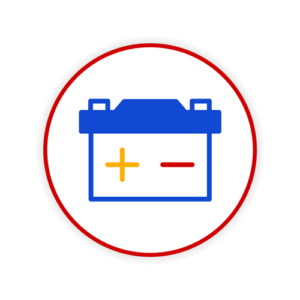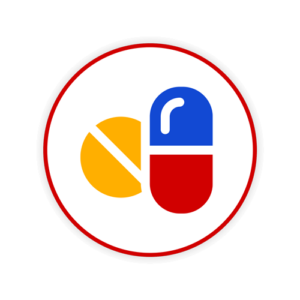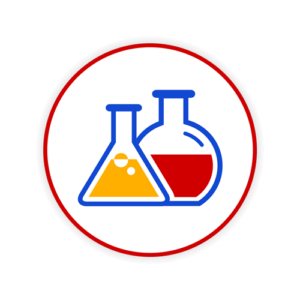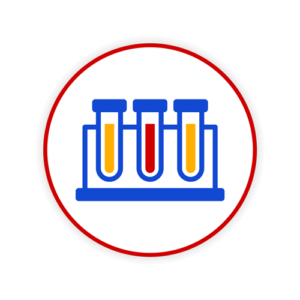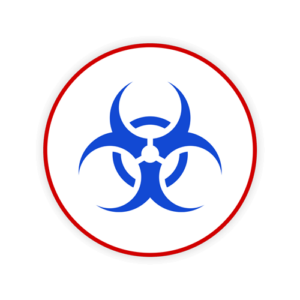
No More Waiting
We pride ourselves on our exceptional customer service, quick responses and fast turnaround, from your initial quote to your service date.

No More Guessing
You’ll have access to our team of experts to support you with identifying, packaging, and labelling complex waste types.

No More Wondering
You’ll have traceability of your waste with all of your data in one place, ensuring compliance from generation to disposal.
Hazport: Your Trusted Partner for Hazardous Waste Disposal
As a leading provider of hazardous waste services since 2006, we’ve built a reputation for reliability, compliance and expert solutions. Our experienced team and modern fleet ensure safe and efficient transportation and disposal of hazardous waste materials across the UK.
From small businesses to large corporations, we offer comprehensive services tailored to your specific needs. Our expertise includes:
- Waste assessment and classification
- Lab packing and waste packaging
- Safe collection and transportation
- Proper disposal and recycling
- Regulatory compliance guidance
We dispose of the following waste types:
![]() Hazardous waste
Hazardous waste
![]() Used and unused chemicals and lab packs
Used and unused chemicals and lab packs
![]() Chemicals including acids/alkalis
Chemicals including acids/alkalis
![]() Cleaning agents
Cleaning agents
![]() Solvents and paints
Solvents and paints
![]() Pressurised cylinders
Pressurised cylinders
![]() Ignitable or flammable liquids and solids
Ignitable or flammable liquids and solids
![]() Toxic metals
Toxic metals
![]() Bulk liquid waste
Bulk liquid waste
![]() And more!
And more!
Hazardous Waste Collection by Waste Stream
We provide cost-effective waste management, transportation, and disposal services for hazardous waste types including:
We can also collect your non-hazardous business waste.
Don’t see your waste listed? Get in touch to see how we can help.
How to Dispose of Hazardous Waste
Hazardous waste disposal requires a specialised approach due to the danger it presents.
Classify your waste : Identify your waste using the correct classification code. Provide details such as the substance name, where it originated, the process that generated the waste, a chemical and physical analysis, and other relevant information.
Separate and store safely : Different types of hazardous waste need separate containers from authorised supplies, labelled and stored in a dry, secure place.
Arrange authorised collection : Ensure the waste carrier you use is registered for the collection, transportation, and disposal of hazardous waste.
Fill in a hazardous waste consignment note : Fill in the appropriate parts of a hazardous waste consignment note and give it to the waste carrier – it must accompany the waste until disposal or recycling
Have your hazardous waste collected : Move your safely stored hazardous waste to a designated collection point for pickup by an expert waste carrier. Remember to keep copies of all hazardous waste consignment notes for at least three years.
We turn guesswork into teamwork, with an expert team on hand to support you with all things hazardous waste packaging, disposal and compliance.
Hazardous Waste Management, Simplified
When it comes to hazardous waste disposal, you need someone you can rely on to handle the job efficiently and in compliance with legislation.
Step 2 – You Receive Your Quote
Step 3 – We Collect Your Waste
What Our Clients Say About Us...
Looking for Hazardous Waste Support?
When you choose Hazport, you choose compliance. Your waste is handled the right way and it’s traceable.
From waste identification through to disposal, we’re here to support you at every step to ensure a hassle-free experience.
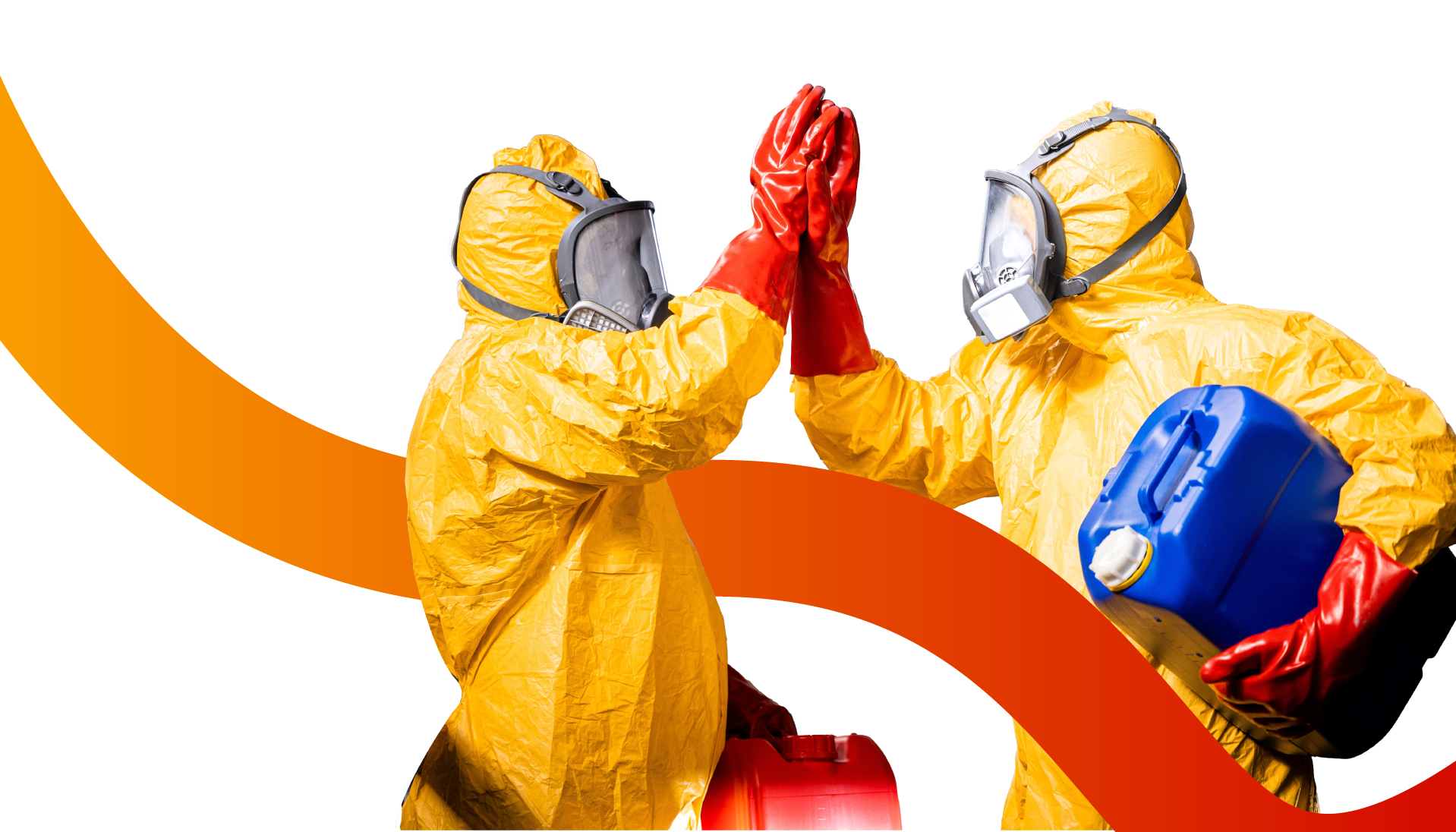
FAQs about Hazardous Waste Disposal
Waste is classed as hazardous if it (or the material or substances it contains) are harmful to humans or the environment.
Hazardous waste encompasses a range of materials that are harmful to humans and the environment including:
- Acidic and alkaline materials.
- Asbestos (often found during construction).
- Batteries, e.g. lead acid, Ni-Cd, and mercury.
- Chemicals, e.g. acids/alkalis, cleaning agents, brake fluids, paints, and some printer toner cartridges.
- Clinical waste, e.g. hospital waste.
- Electrical equipment with potentially harmful components.
- Equipment containing ozone-depleting substances, e.g. fridges.
- Fluorescent tubes.
- Garage waste.
- Hazardous waste containers.
- Liquid waste.
- Polychlorinated Biphenyls (PCBs).
- Pressurised cylinders.
- Radioactive materials.
Oils (except edible ones), such as car engine oil and used oil filters.
Before waste is disposed of it needs to be identified and classified, the following can help you determine if your waste is hazardous:
- Check the waste classification code, also known as the Low (List of Waste) or EWC (European Waste Catalogue) code.
- Refer to the manufacturer’s or supplier’s safety data sheet, which provides information on hazards and disposal considerations.
- Examine the containers for orange and black danger symbols (old symbols) or red and white hazard pictograms and assess the associated hazards.
- Consider sending samples of the waste to a laboratory for testing.
- Seek advice from a knowledgeable waste management specialist or contractor.
In Great Britain, the Environment Agency offers technical guidance on waste classification and assessment.

